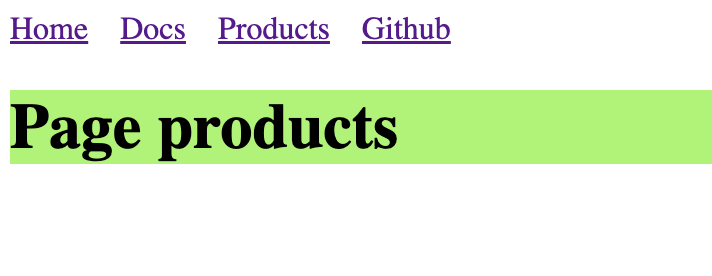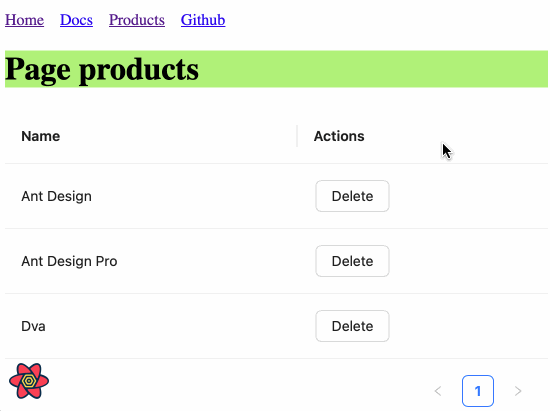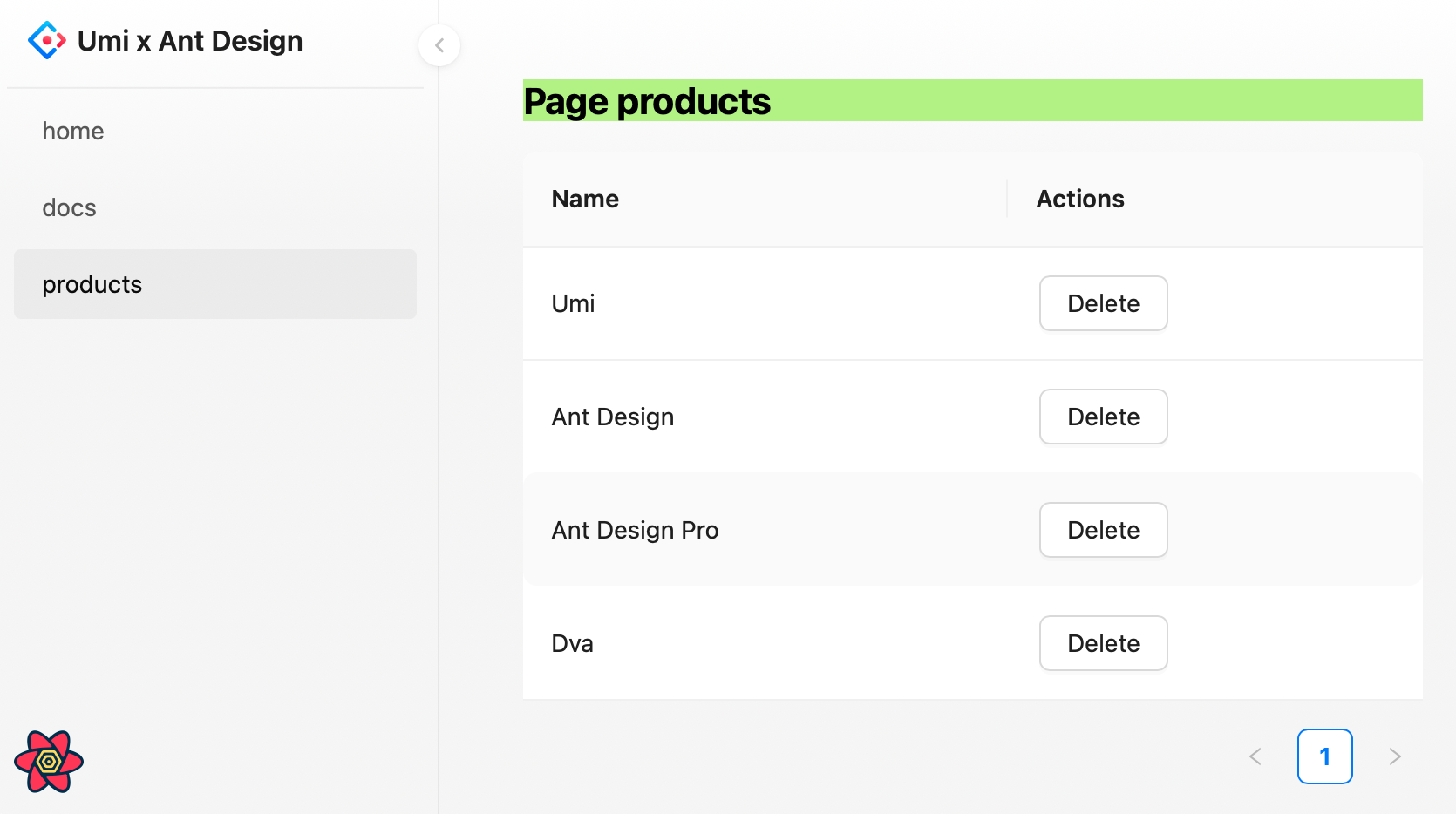File size: 14,253 Bytes
1e92f2d |
1 2 3 4 5 6 7 8 9 10 11 12 13 14 15 16 17 18 19 20 21 22 23 24 25 26 27 28 29 30 31 32 33 34 35 36 37 38 39 40 41 42 43 44 45 46 47 48 49 50 51 52 53 54 55 56 57 58 59 60 61 62 63 64 65 66 67 68 69 70 71 72 73 74 75 76 77 78 79 80 81 82 83 84 85 86 87 88 89 90 91 92 93 94 95 96 97 98 99 100 101 102 103 104 105 106 107 108 109 110 111 112 113 114 115 116 117 118 119 120 121 122 123 124 125 126 127 128 129 130 131 132 133 134 135 136 137 138 139 140 141 142 143 144 145 146 147 148 149 150 151 152 153 154 155 156 157 158 159 160 161 162 163 164 165 166 167 168 169 170 171 172 173 174 175 176 177 178 179 180 181 182 183 184 185 186 187 188 189 190 191 192 193 194 195 196 197 198 199 200 201 202 203 204 205 206 207 208 209 210 211 212 213 214 215 216 217 218 219 220 221 222 223 224 225 226 227 228 229 230 231 232 233 234 235 236 237 238 239 240 241 242 243 244 245 246 247 248 249 250 251 252 253 254 255 256 257 258 259 260 261 262 263 264 265 266 267 268 269 270 271 272 273 274 275 276 277 278 279 280 281 282 283 284 285 286 287 288 289 290 291 292 293 294 295 296 297 298 299 300 301 302 303 304 305 306 307 308 309 310 311 312 313 314 315 316 317 318 319 320 321 322 323 324 325 326 327 328 329 330 331 332 333 334 335 336 337 338 339 340 341 342 343 344 345 346 347 348 349 350 351 352 353 354 355 356 357 358 359 360 361 362 363 364 365 366 367 368 369 370 371 372 373 374 375 376 377 378 |
---
group:
title: 如何使用
order: 4
title: 在 Umi 中使用
---
在真实项目开发中,除了 Ant Design 这样的 UI 库,你可能会还会需要构建工具、路由方案、CSS 方案、数据流方案、请求库和请求方案、国际化方案、权限方案、Icons 方案等等,才能完成一个完整的项目。我们基于业务场景,推出了基于 React 的企业级应用框架 [Umi](https://umijs.org/),推荐你在项目中使用。
Umi,中文发音为「乌米」,是可扩展的企业级前端应用框架,也是蚂蚁集团的底层前端框架,已直接或间接地服务了 10000+ 应用。Umi 以路由为基础,同时支持配置式路由和约定式路由,保证路由的功能完备,并以此进行功能扩展。然后配以生命周期完善的插件体系,覆盖从源码到构建产物的每个生命周期,支持各种功能扩展和业务需求。
本文会引导你使用 Umi、Ant Design 和 [Ant Design Pro](https://pro.ant.design/) 从 0 开始创建一个简单应用。
## 初始化项目
推荐使用 [pnpm](https://pnpm.io/zh/) 创建 Umi 脚手架,执行以下命令。
```bash
$ mkdir myapp && cd myapp
$ pnpm create umi
```
> 如果你使用 npm,可执行 `npm create umi`,效果一致;如果你使用 yarn,可执行 `yarn create umi`,效果也一致;如果你使用 bun,那说明你是个非常潮的人,可执行 `bunx create-umi`(注意,`create` 和 `umi` 之间有个 `-`)。
这里选「Simple App」,因为我们要从 “0” 开始。
```bash
? Pick Umi App Template › - Use arrow-keys. Return to submit.
❯ Simple App
Ant Design Pro
Vue Simple App
```
这里建议选「pnpm」,pnpm 在速度以及处理幽灵依赖方面都更有优势。
```bash
? Pick Npm Client › - Use arrow-keys. Return to submit.
npm
cnpm
tnpm
yarn
❯ pnpm
```
这里国内的朋友建议选「taobao」,否则选「npm」。选择 npm taobao 源在安装依赖时通常会更快一些。
```bash
? Pick Npm Registry › - Use arrow-keys. Return to submit.
npm
❯ taobao
```
然后工具会自动安装依赖,并执行 Umi 的初始化脚本。
在启动项目之前,我们再安装一些本教程会用到的依赖。
```bash
$ pnpm i @umijs/plugins -D
$ pnpm i antd axios @ant-design/pro-components -S
```
其中 `@umijs/plugins` 是 Umi 的官方插件集,包含了 valtio、react-query、styled-components、locale、access、qiankun 等大量插件,可让用户通过配置的方式一键开启和使用;`antd` 就不用介绍了;`axios` 是请求库;`@ant-design/pro-components` 是用于生成中后台布局的组件。(这里将运行时依赖和编译时依赖分别保存到 dependencies 和 devDependencies,是目前社区推荐的方式)
完成后,执行以下命令启动项目。
```bash
$ npm run dev
umi dev
info - Umi v4.0.46
╔════════════════════════════════════════════════════╗
║ App listening at: ║
║ > Local: http://localhost:8000 ║
ready - ║ > Network: http://*********:8000 ║
║ ║
║ Now you can open browser with the above addresses↑ ║
╚════════════════════════════════════════════════════╝
```
跟着提示点击命令行里的 url,会自动打开浏览器。如果顺利,你会看到如下界面。

## 新建路由
我们要写个应用来先显示产品列表。首先第一步是创建路由,路由可以想象成是组成应用的不同页面。Umi 用户通常不需要关心 Umi 背后的实现,但如果你想知道,Umi 的路由是基于 react-router@6.3 实现(注:不是最新的 6.4,6.4 包含的 loader 和 action 功能并不是 Umi 所需要的)。
我们通过命令即可创建路由。
```bash
$ npx umi g page products
Write: src/pages/products.tsx
Write: src/pages/products.less
```
然后修改配置文件 `.umirc.ts` 加上新增的路由声明。
```diff
import { defineConfig } from "umi";
export default defineConfig({
routes: [
{ path: "/", component: "index" },
{ path: "/docs", component: "docs" },
+ { path: "/products", component: "products" },
],
npmClient: "pnpm",
});
```
由于脚手架默认使用的是配置式路由,顾名思义,就是路由是自己一行行配出来的,虽然繁琐,但灵活性更高,这种方式需要在配置里加上 routes 字段,详见 [Umi 文档之路由](https://umijs.org/docs/guides/routes)。此外,Umi 还支持约定式路由,意思是文件系统即路由,所以无需配置路由即可生效。
然后我们编辑下 `src/layouts/index.tsx` 文件,在全局布局路由里加上到 `/products` 路径的导航。
```diff
<li>
<Link to="/docs">Docs</Link>
</li>
+ <li>
+ <Link to="/products">Products</Link>
+ </li>
```
打开 http://localhost:8000/products ,如果顺利,你会看到如下页面。

## 实现 Product UI 组件
随着应用的发展,你会需要在多个页面分享 UI 元素(或在一个页面使用多次),在 Umi 里你可以把这部分抽成 component 。我们来编写一个 ProductList 组件,这样就能在不同的地方显示产品列表了。
新建 `src/components/ProductList.tsx` 文件,内容如下。
```tsx
import React from 'react';
import { Button, Popconfirm, Table } from 'antd';
import type { TableProps } from 'antd';
interface DataType {
id: string;
name: string;
}
const ProductList: React.FC<{ products: DataType[]; onDelete: (id: string) => void }> = ({
onDelete,
products,
}) => {
const columns: TableProps<DataType>['columns'] = [
{
title: 'Name',
dataIndex: 'name',
},
{
title: 'Actions',
render(text, record) {
return (
<Popconfirm title="Delete?" onConfirm={() => onDelete(record.id)}>
<Button>Delete</Button>
</Popconfirm>
);
},
},
];
return <Table rowKey="id" dataSource={products} columns={columns} />;
};
export default ProductList;
```
## 准备 Mock 数据
假设我们已经和后端约定好了 API 接口,那现在就可以使用 Mock 数据来在本地模拟出 API 应该返回的数据,这样一来前后端开发就可以同时进行,不会因为后端 API 还在开发而导致前端的工作被阻塞。Umi 提供了开箱即用的 [Mock 功能](https://umijs.org/docs/guides/mock),能够用方便简单的方式来完成 Mock 数据的设置。
在根目录下新建 `mock/products.ts` 文件,内容如下。
```ts
import { defineMock } from 'umi';
type Product = {
id: string;
name: string;
};
let products: Product[] = [
{ id: '1', name: 'Umi' },
{ id: '2', name: 'Ant Design' },
{ id: '3', name: 'Ant Design Pro' },
{ id: '4', name: 'Dva' },
];
export default defineMock({
'GET /api/products': (_, res) => {
res.send({
status: 'ok',
data: products,
});
},
'DELETE /api/products/:id': (req, res) => {
products = products.filter((item) => item.id !== req.params.id);
res.send({ status: 'ok' });
},
});
```
然后访问 http://localhost:8000/api/products ,就能看到接口响应结果了。
## 完成 products 页
完成了 UI 组件和 Mock 数据,是时候把他们结合到一起了。这里需要用到请求方案,我们在这里的选择是 react-query(如果你想说 @tanstack/react-query,没错,他们是同一个库,@tanstack/react-query 是 react-query 改名后的包)。所以在开始之前,需要修改配置启用一键启用 [Umi 的 react-query 插件](https://umijs.org/docs/max/react-query)。
先编辑 `.umirc.ts`,由于有探测到不能热更的配置项变更,配置文件保存后 umi dev 的 server 会自动重启。
```diff
import { defineConfig } from "umi";
export default defineConfig({
+ plugins: ['@umijs/plugins/dist/react-query'],
+ reactQuery: {},
routes: [
{ path: "/", component: "index" },
{ path: "/docs", component: "docs" },
{ path: "/products", component: "products" },
],
npmClient: 'pnpm',
});
```
再编辑 `src/pages/products.tsx`,内容如下。
```tsx
import React from 'react';
import axios from 'axios';
import { useMutation, useQuery, useQueryClient } from 'umi';
import styles from './products.less';
import ProductList from '@/components/ProductList';
export default function Page() {
const queryClient = useQueryClient();
const productsQuery = useQuery(['products'], {
queryFn() {
return axios.get('/api/products').then((res) => res.data);
},
});
const productsDeleteMutation = useMutation({
mutationFn(id: string) {
return axios.delete(`/api/products/${id}`);
},
onSettled: () => {
queryClient.invalidateQueries({ queryKey: ['products'] });
},
});
if (productsQuery.isLoading) return null;
return (
<div>
<h1 className={styles.title}>Page products</h1>
<ProductList
products={productsQuery.data.data}
onDelete={(id) => {
productsDeleteMutation.mutate(id);
}}
/>
</div>
);
}
```
这里,我们通过 `useQuery()` 拉取来自 `/api/products` 的数据,然后在 `onDelete` 事件里通过 `useMutation()` 提交 DELETE 请求到 `/api/products/${id}` 进行删除操作。关于 react-query 的详细使用,可参考 [Umi 插件之 React Query](https://umijs.org/docs/max/react-query) 和 [React Query 官网](https://tanstack.com/query/)。
保存后,你应该会看到如下界面。

## ProLayout
一个标准的中后台页面,一般都需要一个布局,这个布局很多时候都是高度雷同的,[ProLayout](https://procomponents.ant.design/components/layout/) 封装了常用的菜单、面包屑、页头等功能,提供了一个不依赖的框架且开箱即用的高级布局组件。并且支持 `side`, `mix`, `top` 三种模式,更是内置了菜单选中、菜单生成面包屑、自动设置页面标题的逻辑。
先修改配置,为每个路由新增 name 字段,用于给 ProLayout 做菜单渲染使用。
```diff
import { defineConfig } from "umi";
export default defineConfig({
routes: [
- { path: "/", component: "index" },
+ { path: "/", component: "index", name: "home" },
- { path: "/docs", component: "docs" },
+ { path: "/docs", component: "docs", name: "docs" },
- { path: "/products", component: "products" },
+ { path: "/products", component: "products", name: "products" },
],
plugins: ["@umijs/plugins/dist/react-query"],
reactQuery: {},
npmClient: "pnpm",
});
```
编辑 `src/layouts/index.tsx`,内容如下。
```tsx
import { ProLayout } from '@ant-design/pro-components';
import { Link, Outlet, useAppData, useLocation } from 'umi';
export default function Layout() {
const { clientRoutes } = useAppData();
const location = useLocation();
return (
<ProLayout
route={clientRoutes[0]}
location={location}
title="Umi x Ant Design"
menuItemRender={(menuItemProps, defaultDom) => {
if (menuItemProps.isUrl || menuItemProps.children) {
return defaultDom;
}
if (menuItemProps.path && location.pathname !== menuItemProps.path) {
return (
<Link to={menuItemProps.path} target={menuItemProps.target}>
{defaultDom}
</Link>
);
}
return defaultDom;
}}
>
<Outlet />
</ProLayout>
);
}
```
这里先用 Umi 的 `useAppData` 拿到全局客户端路由 `clientRoutes`,这是一份嵌套结构的路由表,我们把 `clientRoutes[0]` 传给 ProLayout;再通过 `useLocation()` 拿到 location 信息,也传给 ProLayout 来决定哪个菜单应该高亮;同时我们希望点击菜单时做路由跳转,需要定制 ProLayout 的 `menuItemRender` 方法。
聪明的你可能已经发现 `src/layouts/index.less` 已经不再被引用了。为了保持项目文件的整洁,可以选择将其删除。
此时浏览器会自动刷新,如果顺利,你会看到如下界面。

## 构建应用
完成开发并且在开发环境验证之后,就需要部署给我们的用户了,执行以下命令。
```bash
$ npm run build
info - Umi v4.0.46
✔ Webpack
Compiled successfully in 5.31s
info - File sizes after gzip:
122.45 kB dist/umi.js
575 B dist/src__pages__products.async.js
312 B dist/src__pages__index.async.js
291 B dist/layouts__index.async.js
100 B dist/layouts__index.chunk.css
55 B dist/src__pages__products.chunk.css
event - Build index.html
```
构建会打包所有的资源,包含 JavaScript, CSS, Web Fonts, 图片, HTML 等。你可以在 `dist/` 目录下找到这些文件。
## 下一步
我们已经完成了一个简单应用,你可能还有很多疑问,比如:
- 如何统一处理出错?
- 如何处理更多路由,比如动态路由、嵌套路由、权限路由等?
- 如何使用数据流方案?
- 如何修改 webpack 配置或切换到 vite 构建模式?
- 等等
你可以:
- 访问 [Umi 官网](https://umijs.org/)
- 了解 [Umi 的路由](https://umijs.org/docs/guides/routes)
- 了解比 Umi 集成度更高的 [Umi Max](https://umijs.org/docs/max/introduce)
- 了解开箱即用的中后台脚手架 [Ant Design Pro](https://pro.ant.design/)
- 了解高级布局 [ProLayout](https://procomponents.ant.design/components/layout)
- 了解高级表格 [ProTable](https://procomponents.ant.design/components/table)
|